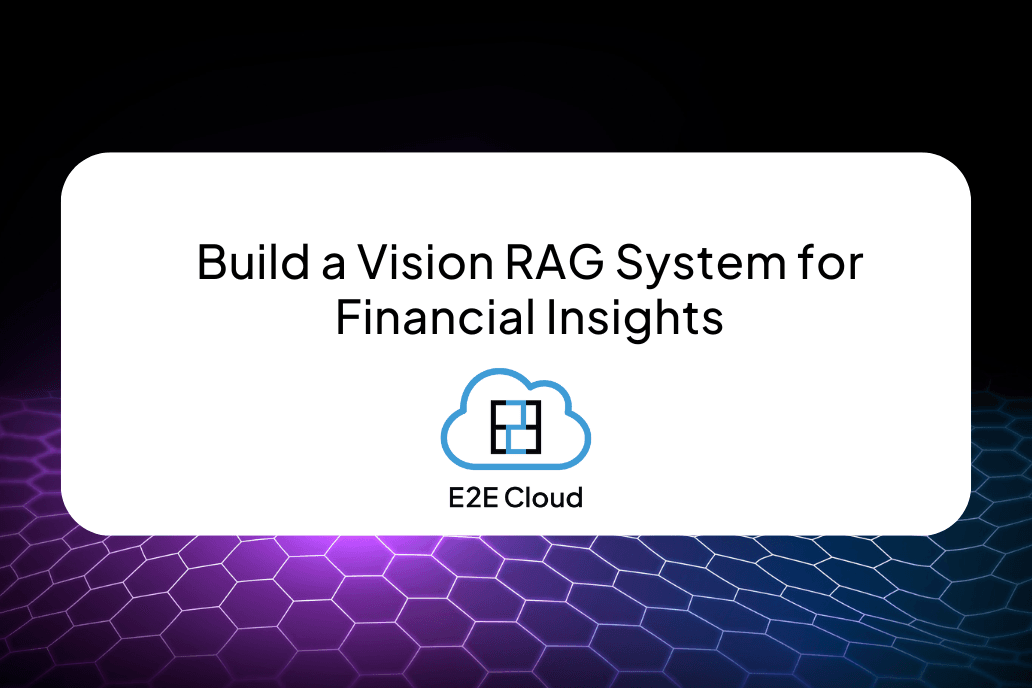Following the subdued years post-COVID-19, the years 2022 and 2023 experienced a remarkable surge in e-commerce expansion, propelled by the widespread integration of artificial intelligence (AI). This pivotal shift is emphasized by progress in product recommendations, cross-selling tactics, voice-activated searches, and the omnipresence of chatbots. The consequential influence goes beyond mere user engagement, holding the potential to foster lasting customer loyalty.
Our COO and Whole Time Director, Srishti Baweja, thoroughly explores this crucial topic in an article she authored for CIO News. You can access the article here.
Let’s extract valuable insights from that and revisit the significance of AI in tailoring the shopping experience of the present and the future.
Visual Intelligence in E-commerce: Streamlining Shopping with AI
Picture effortlessly tracking down Virat Kohli's trendy tee or securing Priyanka Chopra's favorite face serum with a simple 'image search.' AI's ability in image recognition analyzes visual attributes, such as colors, shapes, and patterns, revolutionizing product searches, especially for users navigating in regional languages.
‘When the average e-commerce bounce rate is between 20 and 45%, smarter searches will help reduce this number by offering more relevant results.’ - Srishti Baweja
This goes beyond identification, with AI adeptly outlining objects within images. Users can click on a product within a photo, initiating a search for similar items. Cross-category matching further refines the experience, suggesting complementary accessories when an image of clothing is uploaded. The fusion of visual search with interactive AR features opens doors to virtual try-ons for clothing and visualizing furniture placements before purchase.
Smart Pricing: AI's Dynamic Price Optimization
Dynamic pricing, under the careful orchestration of AI, involves real-time adjustments based on supply and demand dynamics. This strategic approach maintains competitiveness during periods of e-commerce lulls.
‘That way, platforms, for example, can predict when and what to discount, dynamically calculating the minimum discount necessary for the sale.’ - Srishti Baweja
AI's role extends to empowering shoppers to effortlessly compare prices across diverse e-commerce platforms, guaranteeing access to the most enticing deals and discounts.
Virtual Guides: AI-Enhanced Shopping Assistance
Virtual assistants will soon tackle intricate queries in multiple languages, offering nuanced product recommendations and providing real-time updates on package tracking. Going beyond basic interactions, these AI virtual assistants can streamline the shopping process, answering queries about product specifications, features, pricing, and availability.
‘Virtual assistants currently handle 70% of online customer conversations, with customer care officials handling the more complicated queries.’ - Srishti Baweja
Troubleshooting technical issues, auto-filling forms during checkout, and offering diverse payment options further enhance the shopper's journey. Deep learning algorithms can empower these virtual assistants to discern individual preferences, providing tailored recommendations. For instance, by analyzing customer reviews, AI can suggest adjustments like altering garment sizes. The integration of natural language processing (NLP) tailors recommendations precisely to a shopper's journey – for example, a parent booking a birthday party and receiving suggestions for a cake from a local bakery.
AI-Powered Personalization: The New Product Frontier
AI redefines product recommendations through collaborative filtering, real-time personalization, and consistency across diverse touchpoints. The infusion of AI into this realm creates hyper-personalized shopping experiences, taking into account a shopper's historical behavior and real-time contextual factors such as location and weather.
‘Through smarter product recommendations, retailers can show the right product in the right place at the right time.’ - Srishti Baweja
This strategic personalization aims to combat the global challenge of abandoned carts, presenting the right product at the right place and time.
Forecasting Trends: AI's Role in Demand and Inventory Management
AI, leveraging machine learning models, deciphers patterns in customer behavior, enabling businesses to anticipate shifts in demand and recalibrate inventory accordingly. Beyond this, AI factors in lead times for restocking products from suppliers.
‘What’s more, AI can analyze return and refund data to predict which products are more likely to be returned, helping businesses optimize return processing.’ - Srishti Baweja
Effective inventory management aligns with sustainability goals, reducing waste and encouraging responsible buying.
Empowering Shopping: The Role of High-End GPUs in AI Deployment
The bedrock for crafting AI-powered shopping experiences lies in access to high-end GPU nodes, indispensable for driving the essential AI technologies seamlessly.
‘This has been a challenge for many, as there is a demand-supply gap and a long waitlist for many of the cutting-edge GPUs.’ - Srishti Baweja
Overcoming challenges posed by demand-supply gaps and long waitlists for cutting-edge GPUs is on the horizon, with new entrants aggressively developing AI-grade GPUs. This impending accessibility to exceptional computing power is bound to trigger a substantial surge in AI deployment across e-commerce platforms, each striving to captivate customers with brilliant, interactive experiences.
Experience the Difference with E2E Networks
Experience the seamless integration of AI in the shopping journey of your customers, where the strength lies in our access to high-end GPU nodes. Enhance your AI deployment effortlessly with our reliable GPU infrastructure, addressing challenges presented by demand-supply dynamics.









